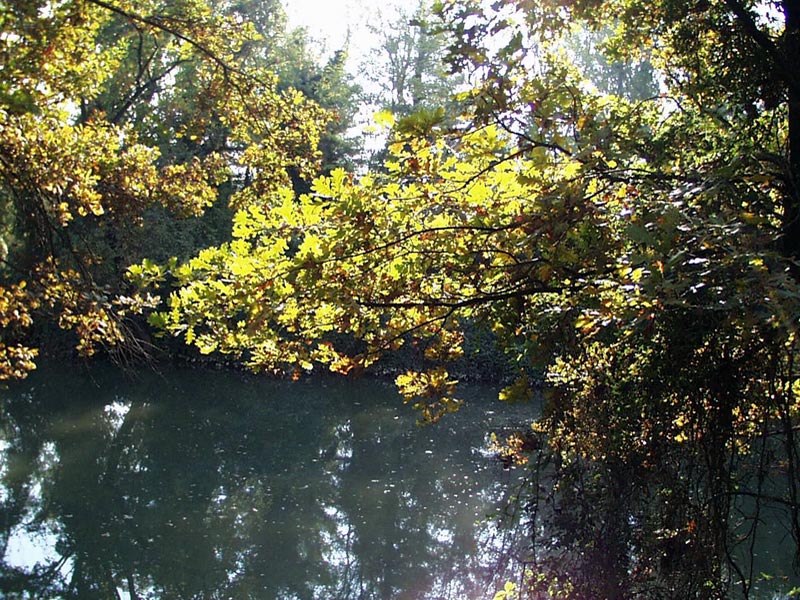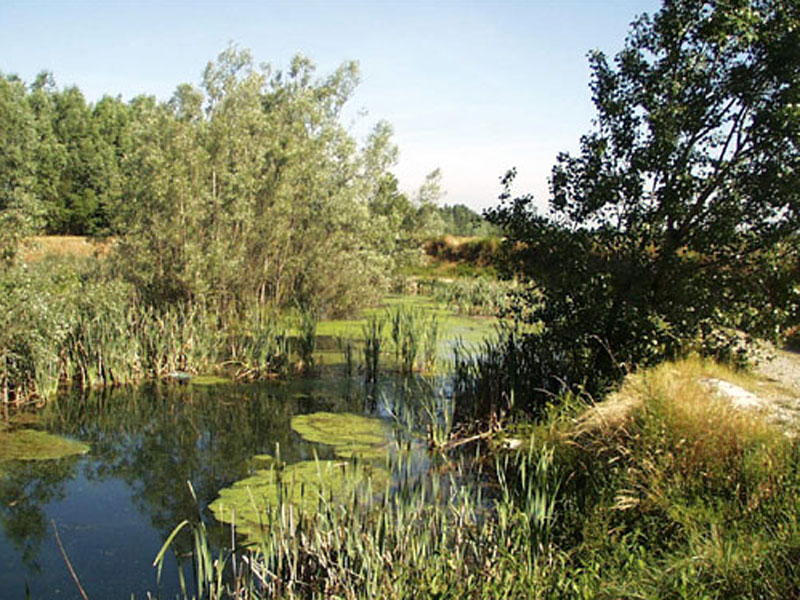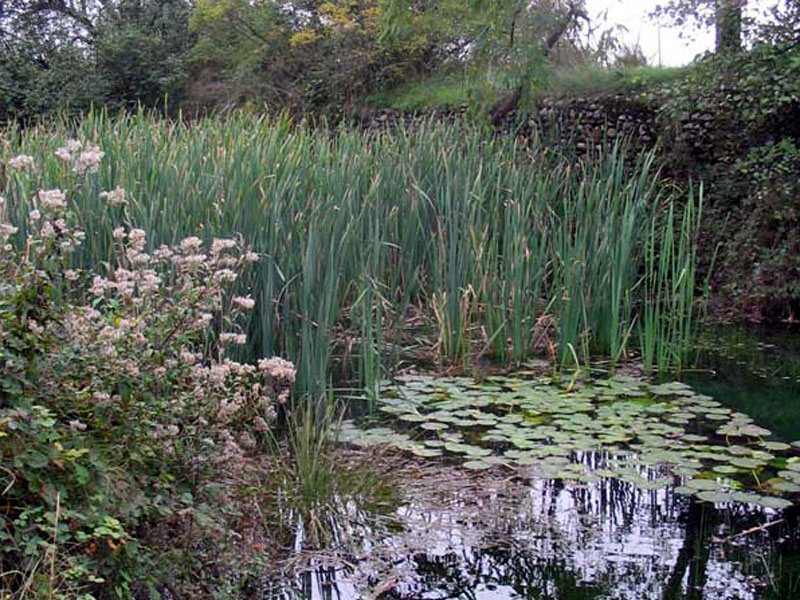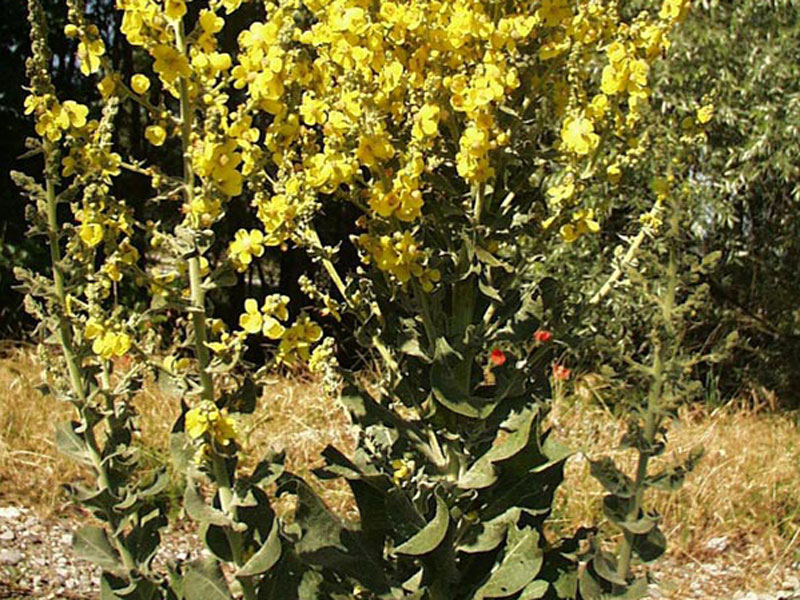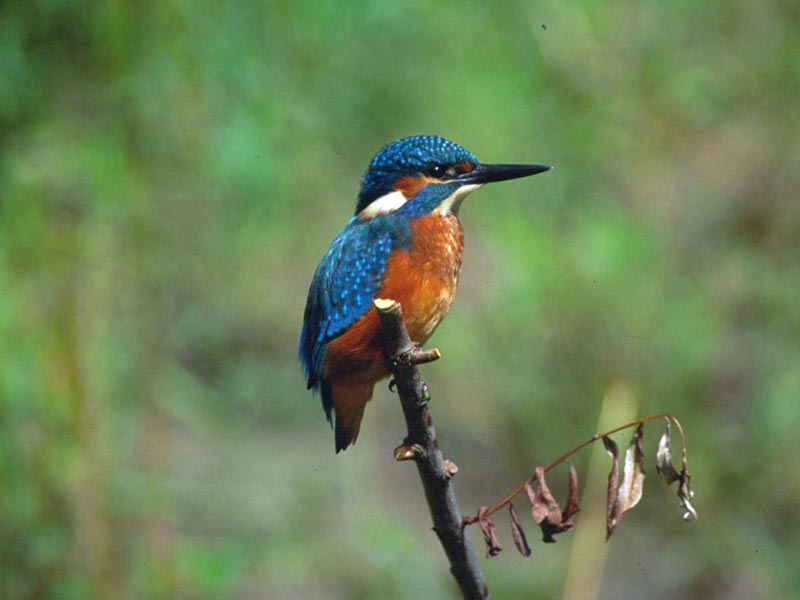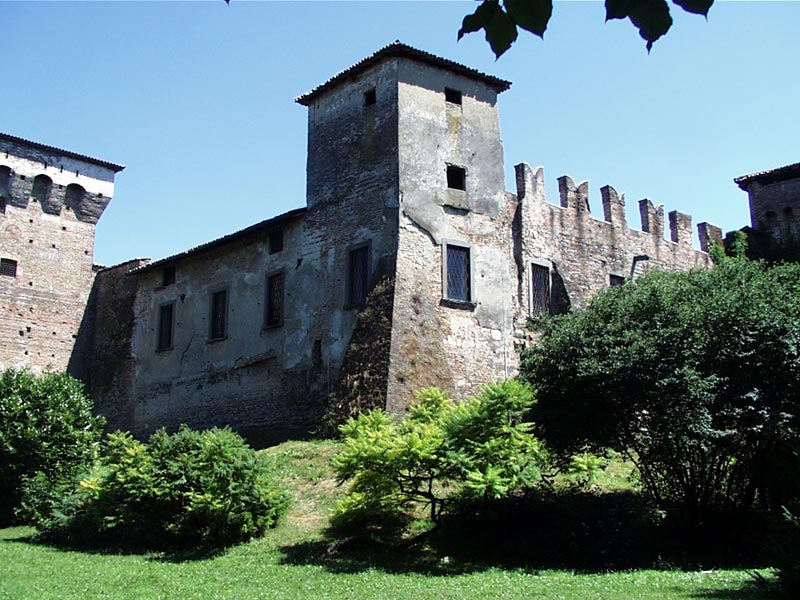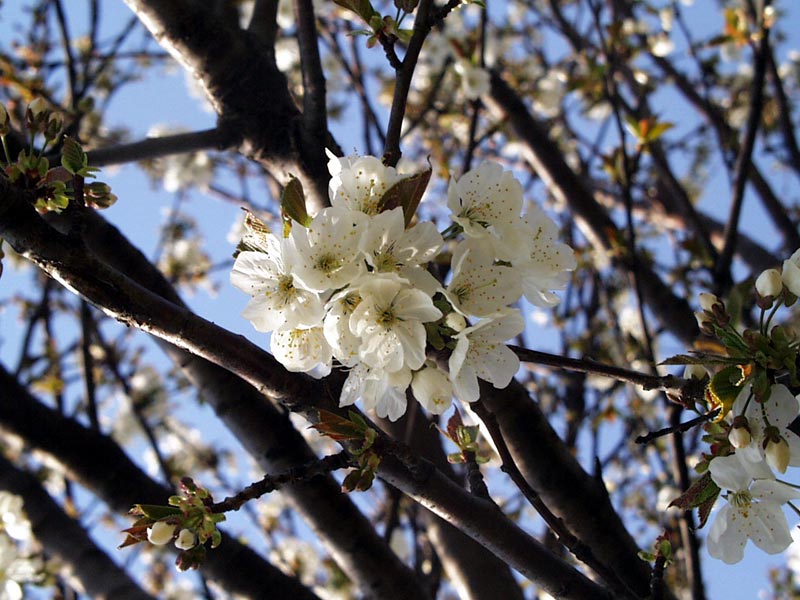Protected Area
Identity Card
- Serio Regional Park:
- Land Surface Area: 7'750.00 ha
- Regions: Lombardia
- Provinces: Bergamo, Cremona
- Municipalities: Bariano, Calcinate, Casale Cremasco-Vidolasco, Castel Gabbiano, Cavernago, Cologno al Serio, Crema, Fara Olivana con Sola, Fornovo San Giovanni, Ghisalba, Grassobbio, Madignano, Martinengo, Montodine, Morengo, Mozzanica, Pianengo, Ricengo, Ripalta Arpina, Ripalta Cremasca, Ripalta Guerina, Romano di Lombardia, Sergnano, Seriate, Urgnano, Zanica
- Establishment Measures: LR 70 01/06/1985
- Park Authority: Parco del Serio
- Further managed Protected Areas:
- Riserva Naturale Malpaga Basella
- Riserva Regionale Palata Menasciutto
- ZSC Palata Menasciutto
Altimetry: h min 54m asl - h max 240m asl
Origins and Establishment Reasons
The aim of preserving the fluvial environment of the river Serio dates back to 1973, when the involved provinces drew up a safeguard plan which was later implemented in 1985 with the Regional Act L.R.70. Besides regarding the protection of what remains of the typical aspect of the perifluvial environment, the establishment reasons also depended on the will to hinder the progressive deterioration of the territory by intervening in the requalification of each component and in the recovery of the natural, historical, and cultural values.
Environment
The characterizing element of a River Park is water.
The presence of a rich and varied landscape is essential for the presence of several ecosystems where flora and fauna adapt to specific environmental conditions.
(the following links lead to Italian texts)
Geology and Geomorphology
The river Serio winds in a north-south direction creating a valley
which is dug into the plane and represents the axis of the Park. The river morphology clearly varies from north to south.
In the
northern area, upper plane, the riverbed is "braided" with branches
which are limited by alluvial banks stretching according to the
direction of the current; the permeability of these deposits leads
sometimes to the total infiltration of the waters in the underground.
Here the central strip of the resurgences develops; the Fountain of Campino is very interesting.
In
the southern part, less permeable deposits (clay and silt) lead to the
creation by the river of one bed developing in meanders, with a narrow
drill typical of a "cassetta" valley. In this area interesting wetlands
survive, like oxbows and dead branches.
Further information (Italian text)
Vegetation
The arboreal covering characterizing in the past the territory of Serio
has been nowadays replaced by a poor wood vegetation dominated by
locust trees and other exotic species which replaced the autochthonous
flora and changed the river botanic landscape. There are about 100
species among trees, shrubs, and lianas. 30 of them are autochthonous.
Among
the trees we must mention willows, poplars, maples, and the rare oaks,
while among the shrubs there are the Bloodtwig dogwood, the elder, the
hawthorn, the wild rose.
The presence of marshy vegetation is limited (cattail and rush).
Among
the herbaceous species, which are currently under study, as last
evidence of ancient woods, there are the Lily of the valley, the
European Dog's Tooth Violet, the Snowdrop, and the Christmas Rose. The
presence of some species of orchids is of particular relevance.
Fauna
The fish fauna (about 30 species) varies according to the hydrological
regime: the northern stretch is characterized by shallow waters with a
pebbly bed, while in the middle and southern stretches there are deeper
waters and a slower current.
Among the invertebrates, fireflies,
butterflies, and some macroinvertebrates are currently under study to
monitor the quality of the water.
The amphibians can be considered
as endangered species (newts, toads, salamanders, tree frogs, and the
endemic Italian agile frog), as well as reptiles.
The avifauna
consists of 140 species, 40 of which are nesting species. Apparently,
their number is increasing despite the degradation of the environment.
200 artificial nests have been installed and a few ringing stations
have been created. The presence of the Lapwing (Vanellus vanellus), the symbol of the Park, and of the Penduline Tit (Remiz pendolinus) are worth a mention.
Mammals are scarcely known and recorded: however, we can signal a
widespread presence of hedgehogs, moles, hares and rabbits; there is an
increasing number of foxes. On the contrary, weasels, badgers, stone
martens, and polecats are rare, as well as dormice and hazel dormice.
Historical and Architectural Heritage
The territory of the river Serio is characterized by valuable
archaeological finds going from the Neolithic period to the period of
Longobards: the finds are preserved in the museums of Bergamo, Milan,
Nuremberg, and Fornovo S.G., where a hall has been dedicated to them
since 1975.
Besides the rural architecture with its many fortified
farmhouses, the civil buildings of the following centuries represent
points of interest for the visitors. We suggest in the area of Bergamo
the castles linked to the life of the commander Colleoni (Malpaga,
Cavernago, Urgnano, Martinengo, and Cologno) and in the area of Crema
the villas and the palaces (Ricengo, Castel Gabbiano, Ripalta Guerina,
and Montodine).
The religious buildings are scattered throughout
the territory: from bare shrines and chapels sheltering old fords, to
sanctuaries, convents, and parish churches.
Finally, the historical town centers of Crema, Martinengo, and Romano
di Lombardia with the Rocca - the Park Seat - are worth a visit.
Further information (Italian text)
Peculiar Aspects of the Park
Between Pianengo and Ricengo you will find Palata Menasciutto Nature Reserve, a mainly riparian environment of great value enclosed by two dead river branches and crossed by the river Serio.
The oxbows, the rich vegetation, the variety of habitats, and the
several animal species living in the area are the main features of the
Reserve.
The
Park plan - P.T.C. - includes additional areas worth of being
considered part of a nature reserve: they are situated in the territory
of Urgnano, Mozzanica-Castel Gabbiano, Madignano-Ripalta Cremasca.
Organization and Planning
The Park staff consists of 4 employees: a technician for tree cuts, a
surveillance manager, a secretary, and a nursery man, plus a few
advisors.
The Park has acquired about 30 ha of land, carried out
reforestation activities on more than 30 ha and environmental
requalification activities in agreement with the involved
Municipalities. At the moment, it is building the stretch of cycling
track going from Romano to Ghisalba and is starting to produce
autochthonous essences in the nursery of Romano di Lombardia.
Moreover, there is an operative Voluntary Service of Ecological Surveillance consisting of about 40 G.E.V. (Guardie Ecologiche Volontarie).


